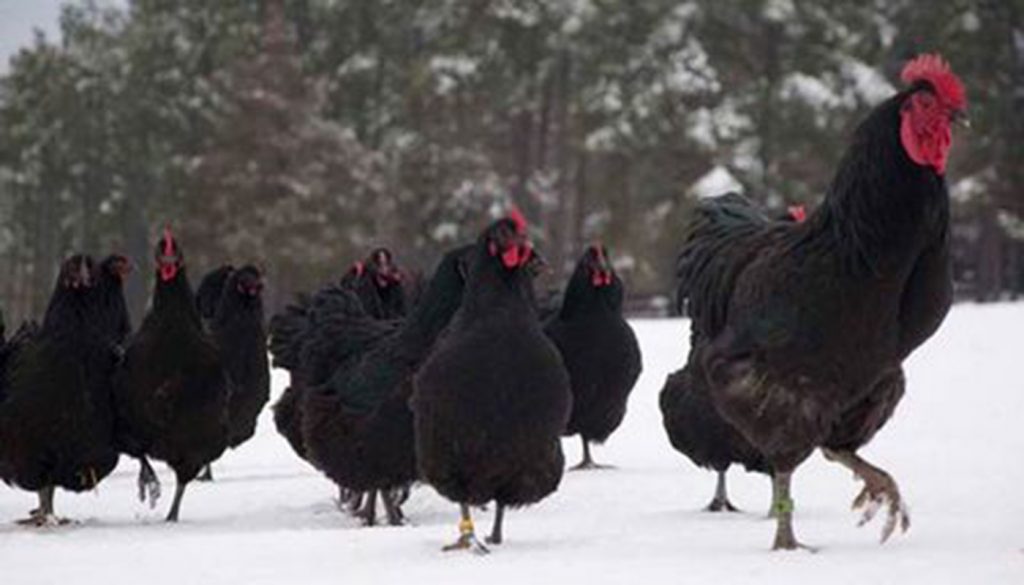
The Jersey Giant is the large chicken breed and is in fact amongst the heaviest of chicken breeds.
These large chickens were bred as a Turkey meat replacement bird in the late 19th century.
Jersey Giants are friendly and calm giant chickens that are a good all-round dual-purpose breed that also makes excellent pets.
Although they do lay a lot of lovely extra-large brown eggs they are more particular to winter laying.
Once a popular broiler bird the breed was replaced by modern breeds/hybrids that tend to grow quickly where the Jersey Giant is a slow growing bird by industry standards.
| Country of Origin: | America |
| American Poultry Association: | Yes – They are recognized as a breed of chicken in the United States The Black Jersey Giant variety was admitted to the Standard of Perfection in 1922. The White Jersey Giant variety was admitted in 1947 and the Blue Jersey Giant variety in 2002 |
| Chicken Category: | Large Breed |
| Chicken Class: | American |
| Bantam Variety Available? | Yes – Single Comb Clean Legged Bantam Classification |
| Good Starter Chicken? | Yes, they would be a good started chicken the only drawback would be the cost of their feed. The Jersey Giant needs a rather large amount of food per day in order to reach their maximum growth potential. This may be a bit too much for the novice chicken owner but well worth it if up for the challenge and can afford these gentle giants. |
IDENTIFICATION⇒ |
Appearance/Body: Jersey Giants are as their name implies a large breed of chicken with long thick clean slate blue legs. They have long elegant necks giving them a regal bearing. Their back is a shorts soft curve that rounds out to a full flowing tail. They have tight-knit outer feathers and puffed out almost fluffy feather underneath making the hens look like they are wearing bloomers.
They have red wattles, comb and earlobes with dark eyes.
Color(s) Black, White and Blue
Comb: They have a single comb
Ave. Weight: Pullet: 8 lbs.
Hens: 10 lbs. Cockerel: 11 lbs. Rooster: 13 lbs. |
PURPOSE⇒ |
Eggs: They are very good egg layers.
They lay extra-large brown eggs They lay 180 – 260 eggs per year They will lay throughout the year with more prolific laying during the winter months They start to lay eggs from around 26 weeks old.
Meat:They have yellow skin
Their large portions of meat make them excellent table birds
Breeding: They are not too difficult to breed but the breeding stock is hard to come by
The hens get broody Theynot make good brood hens They will sit on their eggs They will raise their chicks and make very good mothers.
Show Bird: The Black Jersey Giant has long since been a popular show bird
Pets: They are gentle giants that are tolerant and calm making them really special pets
Other: The Jersey giant is a great chicken that will add some spice to your flock.
|
CHARACTERISTICS |
|
|---|---|
| Life Expectancy: | The average lifespan is 8 – 12 years |
| Health: | They are quite a hardy breed and have not been known to have many health issues |
| You may Also Like: | HOW TO TELL IS A CHICKEN IS SICK |
| Temperament: | Calm, friendly and docile these large regal chickens have a lovely nature |
| Flyers? | They can fly but are not very flighty and prefer not to. |
| Noisy Birds? | They are relatively quiet birds |
| Interaction with other chickens: | As they are a large breed other breeds tend to give way to them. They do not show aggression to other chickens or breeds. Their lovely nature is quite diplomatic, and they tend to be the mediators of the flock. |
| Good with kids? | They are a great bird to have around supervised children. Although they are easy to handle they are very large so care should be taken when trying to handle the birds. |
| Socialize Behavior? | Due to their size, most domestic animals tend to leave them alone, and these birds have no problem making friends with other domestic animals. |
| You may Also Like: | HOW TO SOCIALIZING YOUR NEW CHICKENS |
| Known predators: | Always keep an eye on domestic pets such as dogs and cats. If hawks and or foxes are in your area it is always best to take precautions. Check with local animal shelters, zoos, vets, animal control and or pet stores about common predators in your area. |
| Conservation Status: | These birds conservation status is recorded as “watch” |
IDEAL ENVIRONMENT |
|
|---|---|
| Garden Size: | The Jersey Giant will bear confinement without a fuss They are great foragers and prefer to free-range. Because of their size, it is best to have a larger garden giving them plenty of room to stretch their long legs and forage about on a daily basis |
| Ideal Climate: | These hardy birds are completely cold hard and can bear the extreme winters. Even though it should not be a problem for the Jersey Giant it is always advisable to take special precautions in extreme weather conditions hot or cold for your chickens not matter the breed. |
| Ideal Coop: | The rule of thumb for any coop is 50 cm x 50 cm per hen/rooster in the coop. Ensure there is a good space for the nesting boxes and nightly roosting rails at least 1.5 inches wide. Good ventilation for air but not too drafty especially in winter. It is always a good idea to raise the coop off the ground to give the birds a dry place to roost and lay especially in wet weather. |
| Ideal Coop Run: | They may not enjoy flying or have the want to try but the can fly and if necessary they will. It is, therefore, best to completely cover the coop run. The White variety is more susceptible to night predators than the darker colors and even though they are quite big there are some night predators that have no problem with the size of the chicken. Their covered coop run may require a bit extra legroom than one for normal sized chickens due to the bird’s size. This is especially true if you have two or more Jersey Giants in your flock. |
| Ideal Flock Size: | As long as they have at least one companion they are happy in any size flock. |
| Special Instructions: | These lovely chickens take a bit more food than most other breeds especially while growing. |
| Accessories: | The following accessories are ideal for your coop: Nesting boxes Straw for the boxes and roosting area Roosting rails Perches Water troughs/bowls Food bowls/feeders Heating lamp(s) Animal carrier for transport purposes |
| You may Also Like: | 45 FREE DIY CHICKEN COOP PLANS, TUTORIALS AND DESIGNS |
WHERE TO BUY THEM |
|
|---|---|
| Live Poultry Outlets: | There are a few outlets that may supply hatchlings but not many |
| Internet Poultry Websites: | There are a few internet sites that have the Jersey Giant for sale if you search the internet you are bound to find a few. Before buying your birds from any internet or live poultry outlet it is always best to check on the quality and breed authentication of the birds. |
| Organizations: | American Poultry Association will have some extra advice on registered breeders that may be in or around your area in the USA. American Livestock Conservancy does keep some registered breeders for various breeds. If they do not have anything listed for the Jersey Giant if you email or call them they should be able to point you in the right direction. |
| Breeders Clubs: | There is also the National Jersey Giant Club that you may wish to join or contact about registered breeders or to offer advice on various hatcheries and or poultry retailers |
| Other: | The organizations and or breeders listed above may also have a host of valuable information about your chickens. They will also be able to provide you with any special instructions, problems, etc. about your chickens. |
HISTORY
The Jersey Giant was developed near the town of Jobstown, New Jersey by brothers Thomas and John Black between 1870 and 1890.
John and Thomas’s original intention was to create a meat bird that could replace the Turkey as a premium table bird.
The Jersey Giant is the outcome of crossing Dark Brahmas, Black Java and Black Langshans.
Giant was the term that was used in reference to these large chickens which made a great dual-purpose breed producing extra-large brown eggs and a meaty carcass.
They were initially called Black Giants named are their creators and not for the color of their plumage.
Dexter P. Upham, a breeder who was interested in improving the breed added Jersey to their name in honor of the State from which they originated. The breed then became known as the Jersey Black Giants until 1921 when the American Association of Jersey Black Giant Breeders Club was formed. The group changed the name to Jersey Giant and a standard was adopted for the breed.
The standard for the Jersey Giants included yellow skin, single comb, gigantic frame and a chicken than matured rather fast and had great foraging abilities.
NOTES / SPECIAL INSTRUCTIONS
As they are registered as a “watch” conservation status they may need an extra license to own or keep in your garden. For advice on what the bird’s conservation status and orders are please check with your local conservation department.
For breeders, it is imperative that you always check your bird’s bloodlines and ensure you are buying your birds from a reputed breeder/farm. In order to sell birds of such stature, they have to be recorded and documented, always check with local animal breeding organizations for these records.
These legitimate documents are also required should you wish to show your bird(s) in various poultry shows/competition showings.
For information and advice on adopting rescued animals, you can visit or contact your local animal welfare center.
Video
USEFUL LINKS
- Caring for your Chicken
- Feeding
- Health
- Socializing your Chicken
- Breeding Chicken
- Raising Chickens A-Z
- Hatching Eggs
- What is Molting
- Animal Shelter (ASPCA)
- American Veterinary Medical Association
- American Poultry Association
- American Animal Welfare Society
- American Animal Control
- American Animal Husbandry Society
References
- https://en.wikipedia.org
- https://livestockconservancy.org
- https://www.roysfarm.com
- https://www.mypetchicken.com
- https://www.backyardchickens.com
- https://www.feathersite.com/
 Cubalaya Chicken Breed – Everything You Need to Know
Cubalaya Chicken Breed – Everything You Need to Know HOW TO TELL IS A CHICKEN IS SICK
HOW TO TELL IS A CHICKEN IS SICK Easter Egger Chicken Breed – Everything You Need to Know
Easter Egger Chicken Breed – Everything You Need to Know Ancona Chicken Breed – Everything You Need to Know
Ancona Chicken Breed – Everything You Need to Know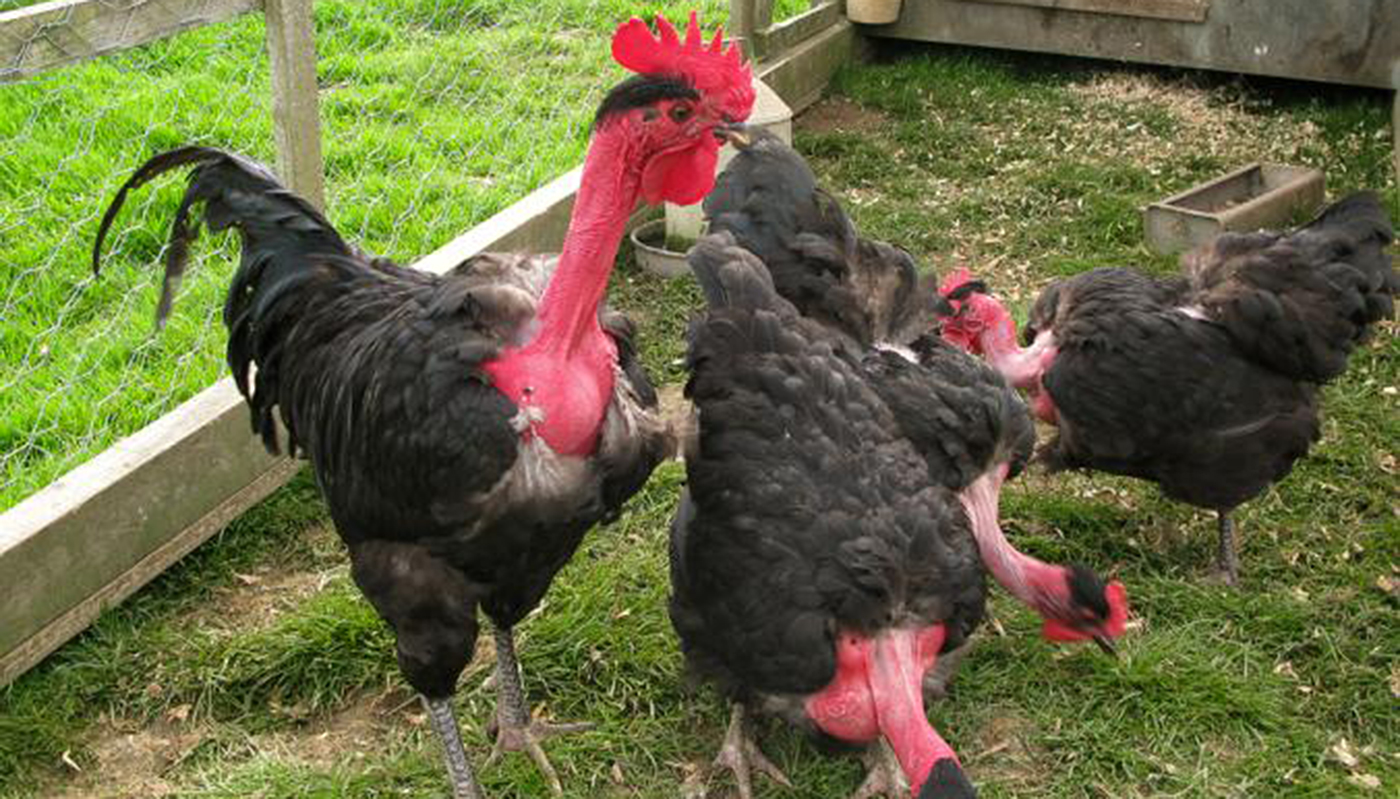 Naked Neck Chicken Breed – Everything You Need to Know
Naked Neck Chicken Breed – Everything You Need to Know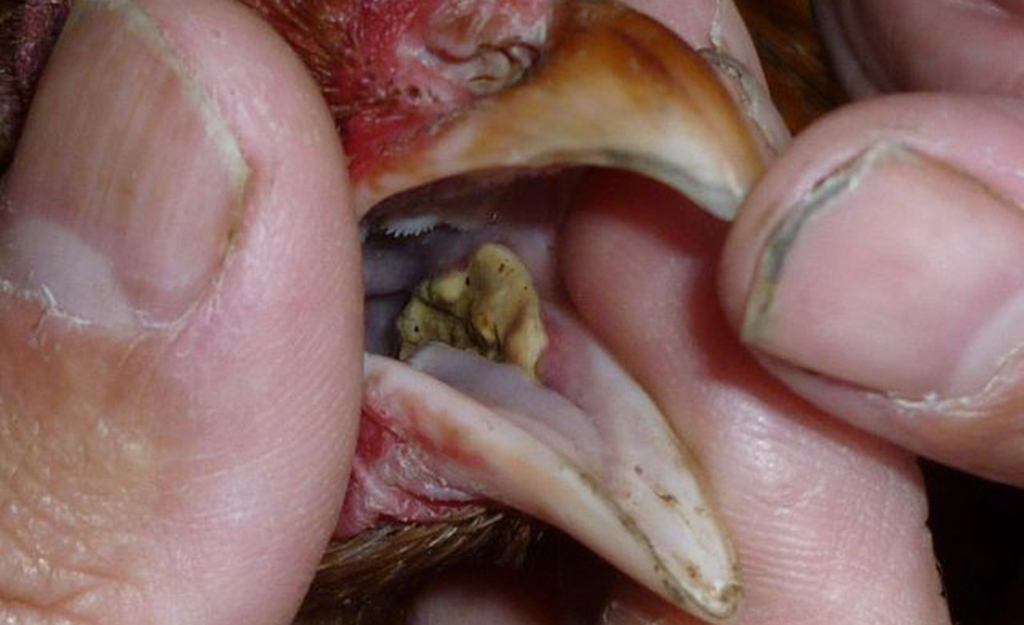 CONDITIONS THAT AFFECT THE DIGESTIVE SYSTEM OF CHICKENS
CONDITIONS THAT AFFECT THE DIGESTIVE SYSTEM OF CHICKENS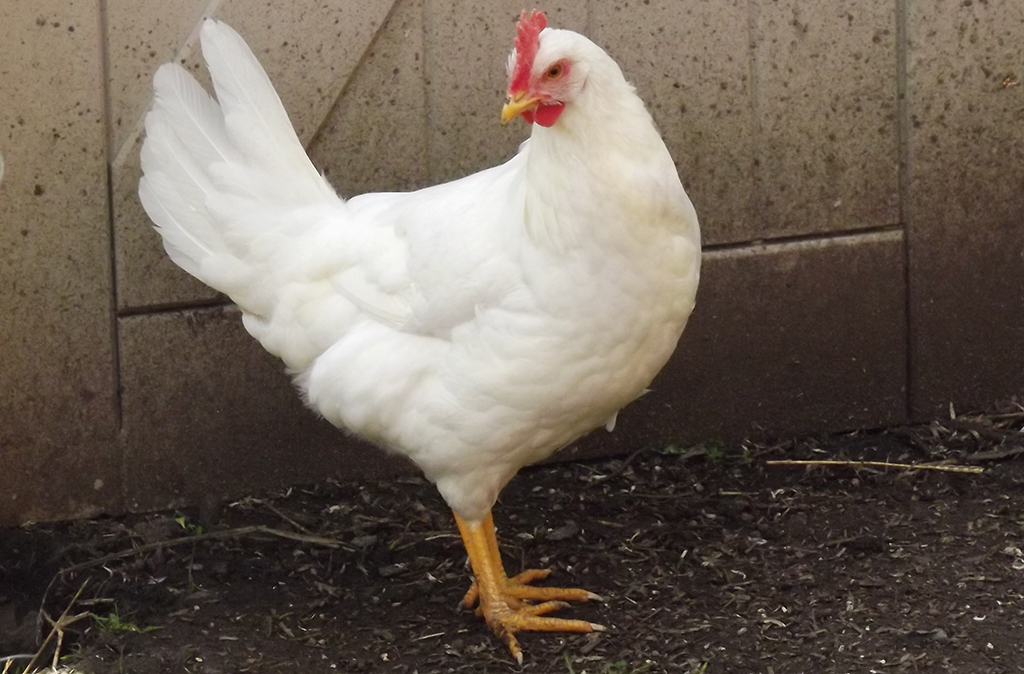 Top Chicken Breeds for Free Ranging
Top Chicken Breeds for Free Ranging Faverolles Chicken Breed – Everything You Need to Know
Faverolles Chicken Breed – Everything You Need to Know Rhode Island Red Chicken Breed – Everything You Need to Know
Rhode Island Red Chicken Breed – Everything You Need to Know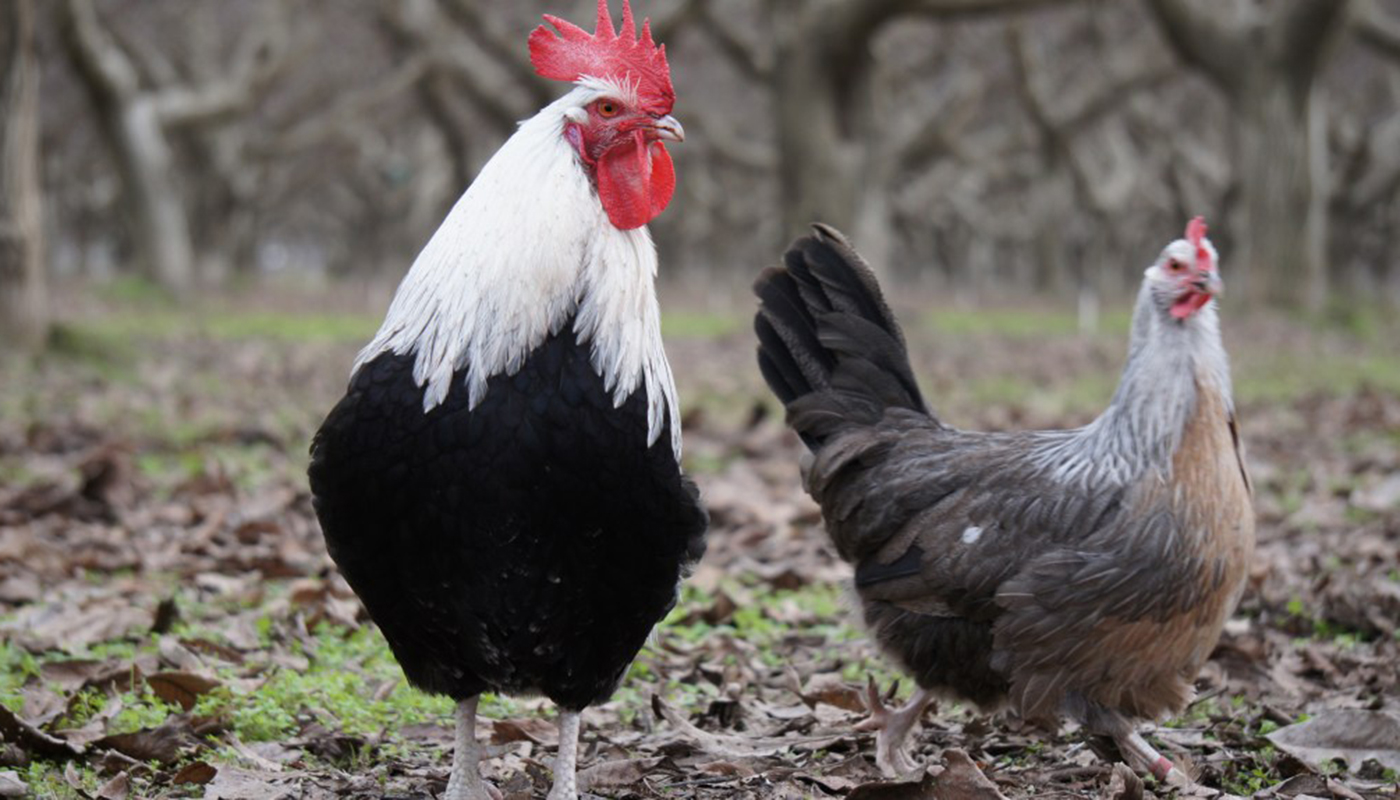 Dorking Chicken Breed – Everything You Need to Know
Dorking Chicken Breed – Everything You Need to Know Bearded D’Anvers Bantam Chicken Breed – Everything You Need to Know
Bearded D’Anvers Bantam Chicken Breed – Everything You Need to Know Chantecler Chicken Breed – Everything You Need to Know
Chantecler Chicken Breed – Everything You Need to Know